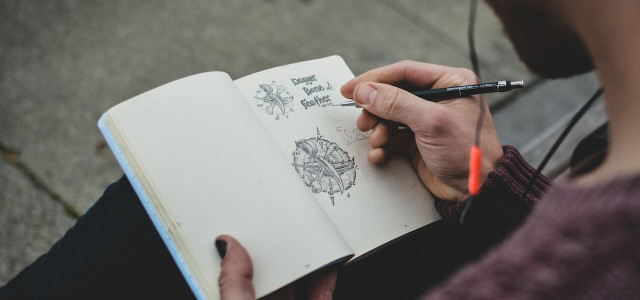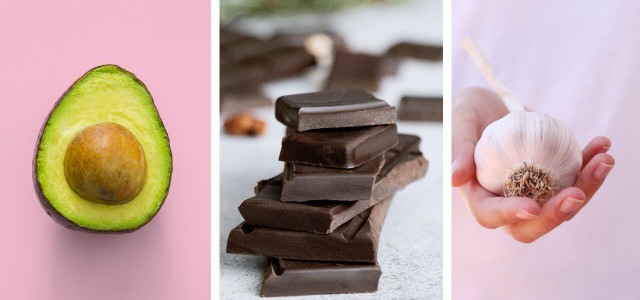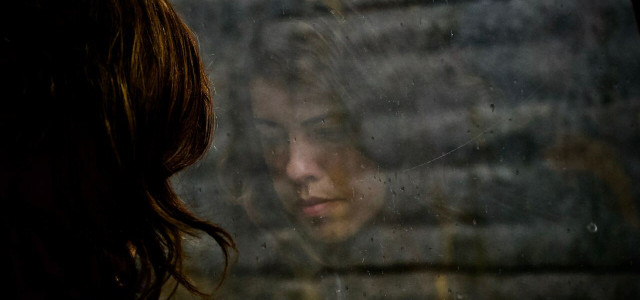Art therapy is a popular way to help people deal with a variety of issues. Drawing for anxiety is one way to help de-stress and it’s easy to implement.
Therapy comes in many forms, with the most recognized being talk therapy. While this may work for some, others have difficulty expressing themselves verbally or haven’t been able to find the right therapist. This is where alternative therapies like nature therapy and horticultural therapy come in.
Drawing for anxiety is part of an alternative therapy known as art therapy. While this is traditionally practiced under the watchful eye of a certified art therapist, there’s no reason you can’t implement some of the beneficial practices at home.
Benefits of Drawing for Anxiety and Stress
Stress and anxiety can affect your body, mind and behavior around others, so finding suitable ways to process them is critical for a healthy lifestyle. The benefits of drawing for anxiety are extensive:
- Making art helps to naturally lower cortisol, the primary stress hormone.
- Distracting your brain by painting or drawing can keep you from ruminating or experiencing repetitive thoughts.
- Drawing and other forms of art can help improve your mood.
- Making art increases and encourages mindfulness and self-awareness.
- Creating art of any form offers an emotional release.
How to Start Drawing For Anxiety
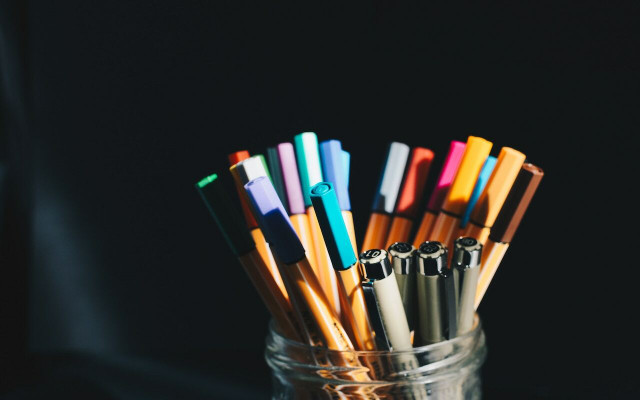


As with any self-care technique, it’s important to carve out a time and space for it. To reap the benefits, use the following steps to get started:
- Prepare your supplies: You can use any supplies you already have lying around your home — just grab a piece of paper and some sort of writing utensil.
- Get comfortable: Find a space where you can have a good chunk of uninterrupted time and consider making yourself a cup of calming tea to set the mood.
- Set a timer: When starting out, it makes sense to give yourself a goal with regard to time. As you get more comfortable drawing for anxiety, you can increase the time you spend doing it.
- Draw: For this to be successful, you’ll need to be present and grounded in the moment. The end result doesn’t matter. The act of drawing itself is a form of mindfulness-based stress reduction.
There are many different drawing techniques you can use. Choose your favorite below.
1. Doodling Your Way Through
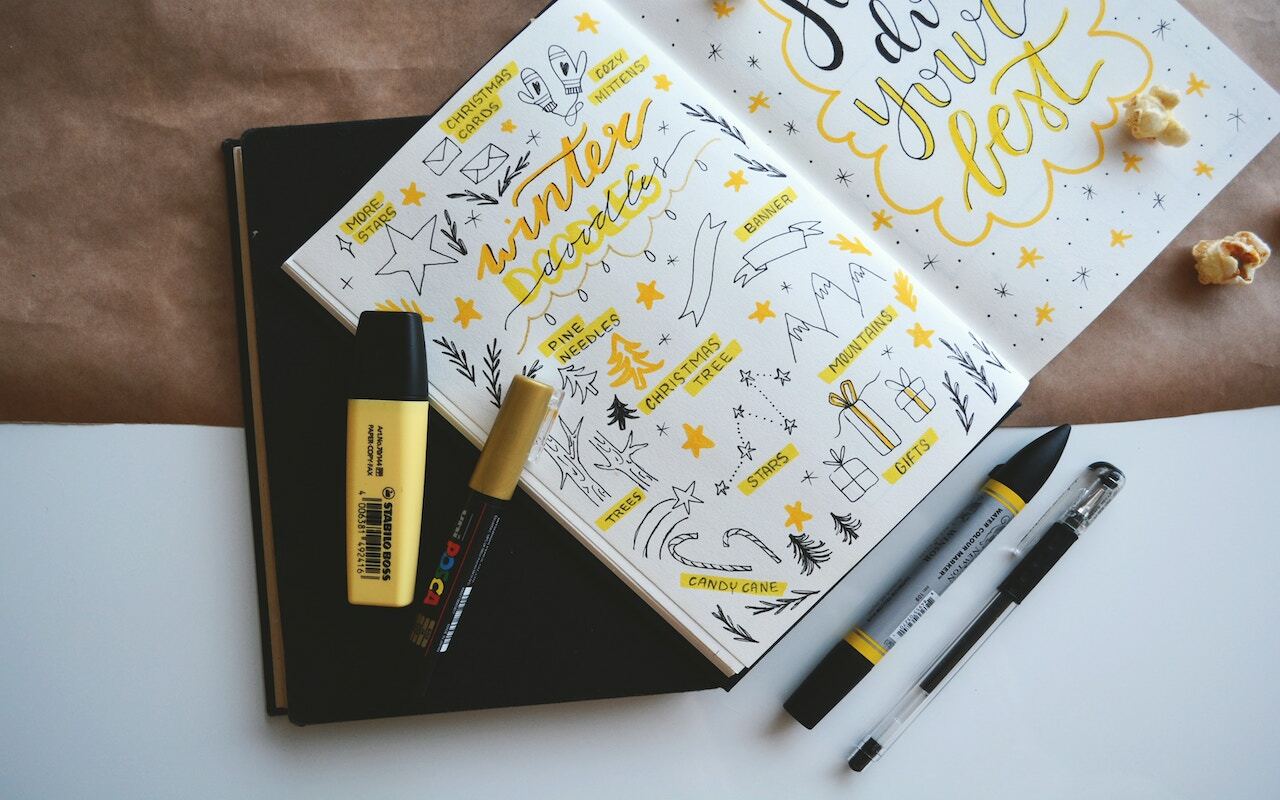

Doodling is one of the most accessible forms of drawing for anxiety. It doesn’t require any special skill or equipment — just a pen and a piece of paper will do. It can be done anywhere, even during meetings or phone calls.
Start by drawing simple shapes and let the pen take control. You may find that you mix in elements of your day, letting your subconscious speak through your doodles. Find yourself drawing lots of boxes? Maybe you’re feeling trapped or stuck in a certain situation. Letting these emotions out, even without verbalizing anything, can be cathartic.
2. Adult Coloring as a Form of Self-Care
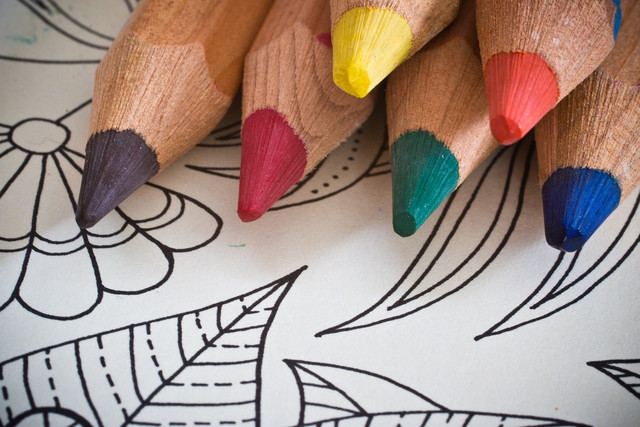


Although some may argue that coloring is not the same as drawing, it offers similar benefits for reducing stress and anxiety. For the unartistic, not having to start from scratch eliminates any worries about trying art as a form of therapy.
The number of resources available online for adult coloring pages is astounding. You can find color-by-numbers if the thought of choosing the color palette is overwhelming. You can also print out free coloring pages or purchase adult coloring books.
3. Sketching for the Artistically Inclined
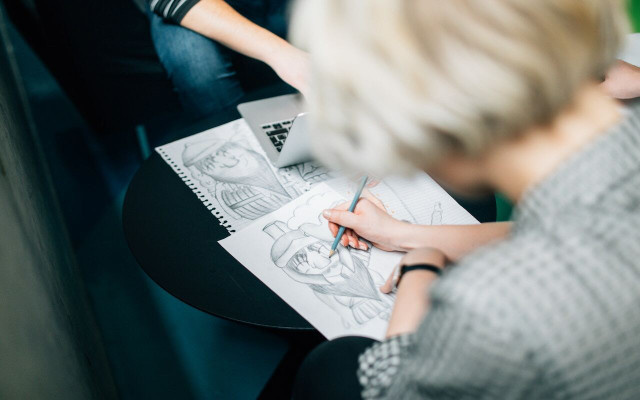


For those that are more artistic, you may find that taking the time to sit down and sketch something out can help release pent-up emotion. Sketching generally requires more time, so consider bookmarking at least 30 minutes. You can sketch things you see in front of you, go a bit more abstract, or sketch out any emotion in your head.
4. Scribble Out Your Frustrations
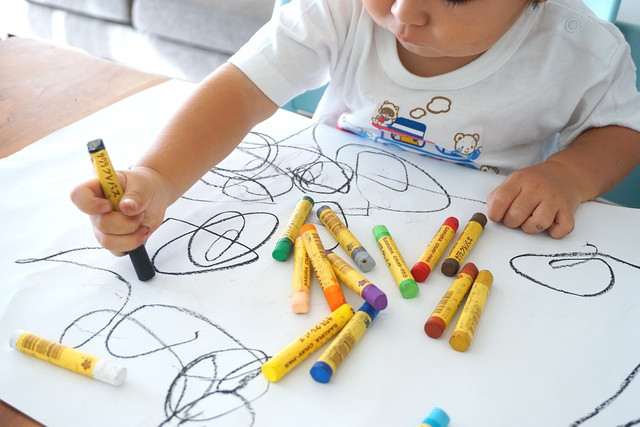


If you find the thought of making art daunting, rest assured that you can reap the rewards of drawing for anxiety without actually drawing anything. Scribbling is a completely valid way of expressing emotion, and the result doesn’t have to be shown to or shared with anyone.
Start with a blank piece of paper and see where it goes. Unleash your inner child and scribble using different colors and writing utensils. Drawing squiggles, shapes or even just lines on the page can help as long as you are mindful while doing it.
Read more:
- Need a Self Care Day? Here Are 15 Ideas for Mindful Relaxation
- 9 Yoga Alternatives for Mindful Exercise
- 8 Top Self-Soothing Techniques to Stay Calm Under Pressure
Important Information regarding Health-related Topics.
** Links to retailers marked with ** or underlined orange are partially partner links: If you buy here, you actively support Utopia.org, because we will receive a small part of the sales proceeds. More info.Do you like this post?






